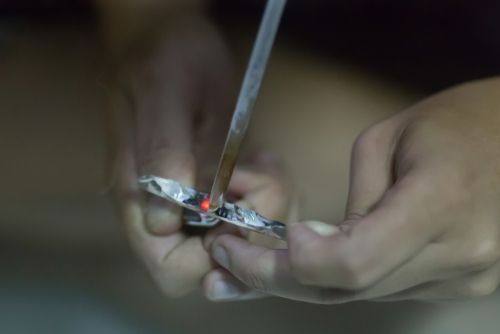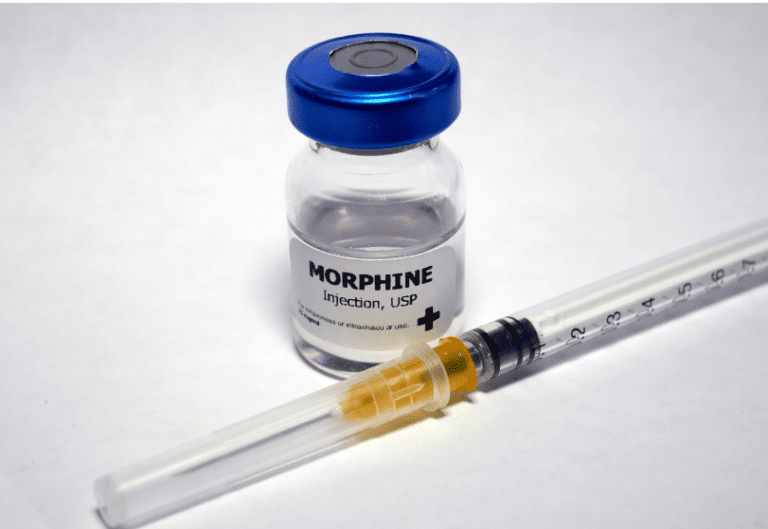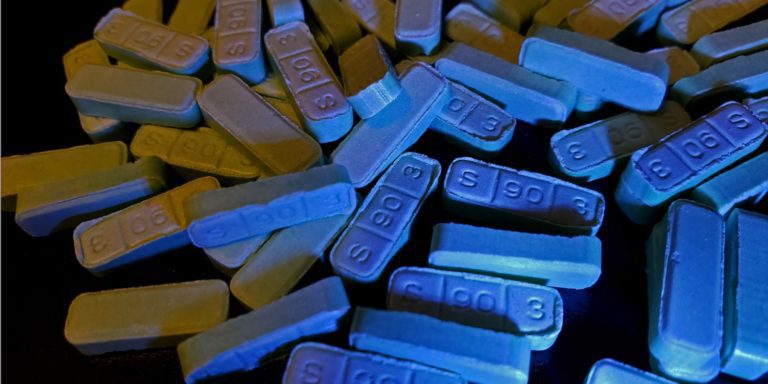4 Reasons Why You Shouldn’t Hot Rail Meth
In this article, we will dive into a specific method of methamphetamine use: hot railing. We will discuss what hot rail meth is, signs someone may be hot railing, the dangers of hot railing meth, differences between methods of use, and essential harm reduction tips.
What is Hot Railing Meth?
Hot railing meth is a method of consuming methamphetamine that involves heating a glass pipe or straw until it’s red hot, then snorting the meth through the tube. This technique allows the drug to be vaporized and inhaled through the nose, inducing rapid and strong effects. It’s believed to deliver the drug to the bloodstream more effectively and potently compared to traditional methods like smoking or snorting.
To hot rail, individuals typically line up crystal meth on a heat-resistant surface, like a glass table or mirror. They heat the tube using a torch lighter and once heated, they place one end into the meth crystals and inhale the resulting vapor from the other end. As hot railing becomes more popular, it’s essential to understand what it is, why someone may do it, and the risks involved.
Connect With Us Now
Reach out to us now for immediate support, or let us know the best time to contact you through our confidential callback service. Your journey to healing is just a conversation away.
Continue Reading: How Long Does a Meth High Last? What You May Not Know

Signs Someone is Hot Railing Meth
Recognizing signs that someone might be hot railing meth can be challenging, as many individuals will hide their drug use from others. While there are general signs someone may be using meth, there are more specific signs for hot railing. Some of these signs include:
- Presence of Specific Drug Paraphernalia: Look for glass or metal tubes, especially those that resemble glass straws or pipes that might be heated. Torch lighters, glass tables, or mirrors used for lining up meth crystals can also be potential hot rail paraphernalia.
- Burns or Injuries: Hot railing involves heating a tube to high temperatures. Therefore, individuals might have burn marks on their hands, face, or nasal passages due to the high-temperature contact involved in this method.
- Changes in Social Behavior: Individuals who are hot railing meth may isolate themselves or change their behavior to conceal their drug use. Changes in social circles, neglecting responsibilities, or a decline in personal hygiene can also be observed.
- Drug Odors and Residue: There might be unusual smells associated with the heated meth residue or the paraphernalia used for hot railing. Residues, such as meth crystals, can be found on surfaces where hot railing occurs.
Take Our Addiction Quiz for Recovery Insights
Is Hot Railing Meth Safe?
Hot railing meth is not safe. There’s a widespread misunderstanding that hot railing is a safer or purer way to use meth. The risks associated with hot railing are just as high, if not higher, compared to other ways of using meth.
Some individuals may mistakenly believe hot railing is safer due to a misconception that the high temperatures involved in vaporizing meth could potentially eliminate contaminants, leading to a perceived cleaner high. This belief might lead them to think that by avoiding direct smoking, snorting, or ingestion of meth.
It’s important to understand that all methods of meth use carry inherent risks, including physical and mental health effects, addiction, and legal consequences. Despite the misconceptions, hot railing does not offer a safer alternative and can present specific dangers associated with the method.
Read More: What Does Meth Do To Your Brain? Brain Damage, Memory Loss, & More

The Dangers of Hot Railing
While using meth can have its own dangers, there are some specific dangers of hot railing. These dangers include:
- Burns and Injuries: The primary concern with hot railing is the potential for severe burns and injuries. When a glass or metal tube is heated to extreme temperatures, the user’s skin and nasal passages are at risk. Mishandling the hot tube or accidental contact with the heated surface can cause painful burns, blisters, and permanent scars.
- Nasal Membrane Damage: Snorting any substance, including meth, can harm the nasal passages. Short-term risks of hot railing meth include nasal blockages, swelling of the inner lining of the nose, and respiratory tract problems. Over time, repeated hot railing can lead to permanent damage to the nose, resulting in ongoing inflammation, vulnerability to infections, and the development of holes in the nasal septum.
- Psychosis: Hot railing meth can lead to a surge in hormones like serotonin and dopamine, which might trigger psychosis. Meth-induced psychosis often involves hallucinations and delusions, causing individuals to lose touch with reality and display unpredictable and irrational behavior.
- Risk of Overdose: Hot railing can cause the effects of the drug to be stronger and quicker compared to other ingestion methods. Difficulty in determining the right dosage raises the risk of overdosing, potentially resulting in fatal consequences.
The Differences Between Hot Railing & Other Uses
In addition to hot railing, there are other methods of consuming meth that we have briefly mentioned. These methods are smoking, injecting, or snorting meth. While each of these methods ultimately leads to the same high effects of meth, there are significant differences in the technique used, intensity of effects, and risks.
- Technique:
- Hot Railing: This involves heating a glass tube until it is red hot, allowing the user to inhale the vaporized drug through the nose.
- Smoking: Involves heating meth crystals in a glass pipe or on aluminum foil, creating vapor that is inhaled through the mouth.
- Injecting: Involves dissolving meth in water and then injecting it directly into the bloodstream using a needle.
- Snorting: Involves insufflating, or inhaling, powdered meth through the nasal passages using a straw, rolled paper, or simply by sniffing it.
- Intensity:
- Hot Railing: Results in an immediate and intense high due to the rapid absorption of the drug into the bloodstream.
- Smoking: Provides a rapid high but is typically less intense than hot railing.
- Injecting: Produces a rapid and intense high as the drug enters the bloodstream directly, yielding an almost instantaneous effect.
- Snorting: Offers a relatively quick high, but it may be less immediate or as intense as hot railing.
- Risks:
- Hot Railing: Poses risks of burns or injuries due to the high temperatures involved in heating the tube. It can cause damage to the nasal passages and elevate the risk of addiction due to the rapid and intense high.
- Smoking: Has risks related to lung health, such as lung irritation and respiratory issues. However, it doesn’t involve the same risk of burns associated with the high temperatures used in hot railing.
- Injecting: Carries risks of infections, vein damage, transmission of blood-borne diseases, and overdose. There’s a higher risk of infections, abscesses, and vein damage due to the direct injection of the drug into the bloodstream.
- Snorting: Similar to the risks of hot railing, snorting has risks such as nasal irritation, damage to the nasal passages, and potential harm to the delicate nasal tissues.
Understanding these differences is crucial in recognizing each method’s specific dangers and health risks. Seeking professional help and support is vital for individuals struggling with meth addiction, regardless of the method of use.
Learn More: 5 Extreme Dangers Of Eating Meth You Should Know About

Are You Covered For Treatment?
Oasis Recovery Center partners with numerous private insurance providers. Our team is committed to assisting you in quickly and effortlessly verifying your insurance coverage for treatment.
Meth Addiction Treatment Services at Oasis Recovery Center
If you or a loved one is struggling with methamphetamine addiction, seeking help is a crucial step towards recovery. At Oasis Recovery Center, we offer specialized and comprehensive treatment services tailored to address the complexities of meth addiction. Our professional and dedicated team provides a supportive and nurturing environment to guide individuals through recovery. From personalized counseling to evidence-based therapies, our center is committed to helping individuals regain control over their lives.
Contact us today to learn more about our treatment programs and take the first step toward a brighter, healthier future.









